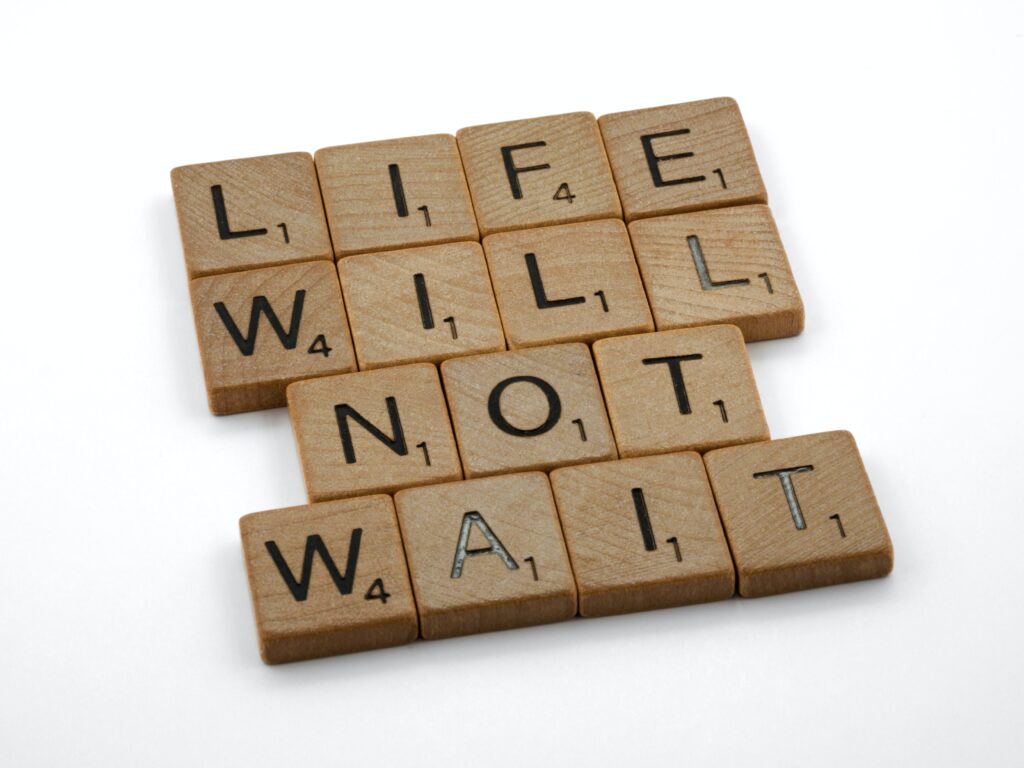To set yourself free and grow, you first have to face who you really are.
The reason most people fail to hit their goals and to improve their lives is because they do not face their truths.
Within in all of us are the truths about who we are and what we really want. To face them means that we will have to make real changes.
The thing you fear most has no power. Your fear of it is what has the power. Facing the truth really will set you free. Oprah Winfrey
- It means no more making excuses.
- It means no more being a victim.
- It means facing your fears.
- It means being humble and asking for help.
- It means challenging your limiting beliefs.
- It means making real commitments.
I realized that one of the reasons I kept self-sabotaging and procrastinating was that I was not facing my truths, and this was causing my primitive brain to work against me.
Our primitive brain prefers we stay in our comfort zone. It knows our concerns and worries. It knows our limiting beliefs. It knows our fears.
When we really want to change, if we haven’t faced these truths of who we are and what we believe, then we will have deep, inner conflicts between what we believe deep inside and what we want to accomplish.
The primitive brain picks up on these conflicts and pushes us away from them. We end up procrastinating and finding things that distract us from what we want to be doing.
If deep down inside you fear being ridiculed or criticized, your primitive brain will work against you when you want to publish your writing.
If you believe that you cannot change, your primitive brain will encourage you to give up when you do try to change. You will quickly give up on a diet because you believe that it’s impossible for you to lose weight.
If you always blame your situation on why you will not be able to change, your brain will feel this conflict and urge you not to waste time on what you are trying to change.
The conflicts between our subconscious and conscious thoughts are what lead to procrastination and self-sabotage. Facing our truths will help to lesson these conflicts, and it will make long-lasting change easier to implement.
Deep down, I knew that if I wanted to create the life I wanted, I was going to have to change a lot of things. Things I was too comfortable with. Things that would require new effort. Things that might lead to negative outcomes.
I would have to face my truths.
I would have to look at my beliefs and question them. I would have to explore my fears. I would have to look at why I was not willing to create lasting change.
* * * *
How I Faced My Truths
I sat down and started looking deep within myself. I asked myself many different questions and asked myself if the answers that I was giving were really true. Were they my answers, or were they answers I would give to others so that they wouldn’t know my insecurities and fears?
I asked questions about what I really wanted. I asked what stories and excuses I was using. I questioned my limiting beliefs.
I explored different areas of my life and asked what needed to be changed. Then I asked myself if I really wanted to change. Next, I asked what was holding me back? What fears did I have? Were they true?
I asked when things went wrong, who or what was I blaming for that situation. What was the truth of my involvement in all of this?
I also looked at my strengths. Part of really knowing yourself and making change is learning to love yourself. It is easy to criticize ourselves and to forget our strengths. Learning to recognize and appreciate them will help to raise our self-esteem.
I learned a lot about myself. It was not easy facing my truths.
However, after doing so, I felt less internal conflict and I felt freedom. I felt more comfortable with who I was. I better understood what needed to be done to improve my life. I also better understood my deep programming.
By better understanding how my beliefs, thoughts, and fears were influencing my behavior, I found that it was easier to make changes in my life.
* * * *
How Do You Face Your Own Truths?
First, set aside some time when you will not be disturbed. Turn off things like your cell phone so you won’t be distracted.
Next, try to enter a zone that will help you better explore your internal thoughts. Breathe deeply, relax and picture stress leaving your body.
Once you are relaxed, start by asking yourself questions. You can explore many areas of your life, but here is what I suggest get you started.
Start with what you really want to achieve in life.
What is the life that you really want? What is holding you back from achieving it? What are your fears and worries about starting this? If you have tried before, why did you give up?
Explore what limiting beliefs you might have. Explore what fears you have. Explore your excuses. Ask yourself why you are not fully committed.
With each answer, ask yourself whether that is all or is there more; always keep digging deeper.
Often the first answers we come up with are not the real answers. They are answers we use as excuses. They are answers we want others to hear so that we do not look so bad in their eyes. They are the lies we tell ourselves to validate our current behavior.
Ask yourself if the answers are really your answers or answers you are using as some kind of excuse for your situation.
* * * *
Some Important Tips
You should repeat this exercise several times. Each time can lead to deeper answers and help you better understand yourself.
Be careful. For some people, this exercise might trigger a lot of self-criticism and negative thoughts.
You need to remind yourself that this is not an exercise to further criticize yourself. It is an exercise to find and understand yourself. By understanding yourself, the easier it will be for you to make positive change. If you feel that you are becoming depressed by this exercise, stop the exercise. Listen to some music, go for a walk, and do something to change your mood. Come back to it later.
Also, remember that part of facing your truths also means looking at your strengths. It means learning to love yourself.
If you start to feel really negative about yourself, explore your strengths. What things are you good at? What have you done in the past that gave you strength? What are things you are proud of?
If you have low self-esteem, keep practicing this exercise. Make an effort to find the good things in yourself. Ask someone you trust to tell you what your strengths are and build from there if you find this exercise to be difficult.
* * * *
Conclusion
If you want to make real, significant change in your life but are having trouble doing so, you need to face your truths.
Facing your truths will help eliminate some of the deep inner conflicts you have, and this will lead to less resistance from your primitive brain when trying to make change.
When you better understand who you are and what makes you tick, your anxiety and stress will go down. Making change will be easier. Facing your truths will lead to a higher quality of life and make you feel more at ease with who you are.
Please comment below on how finding your truths has helped you.



